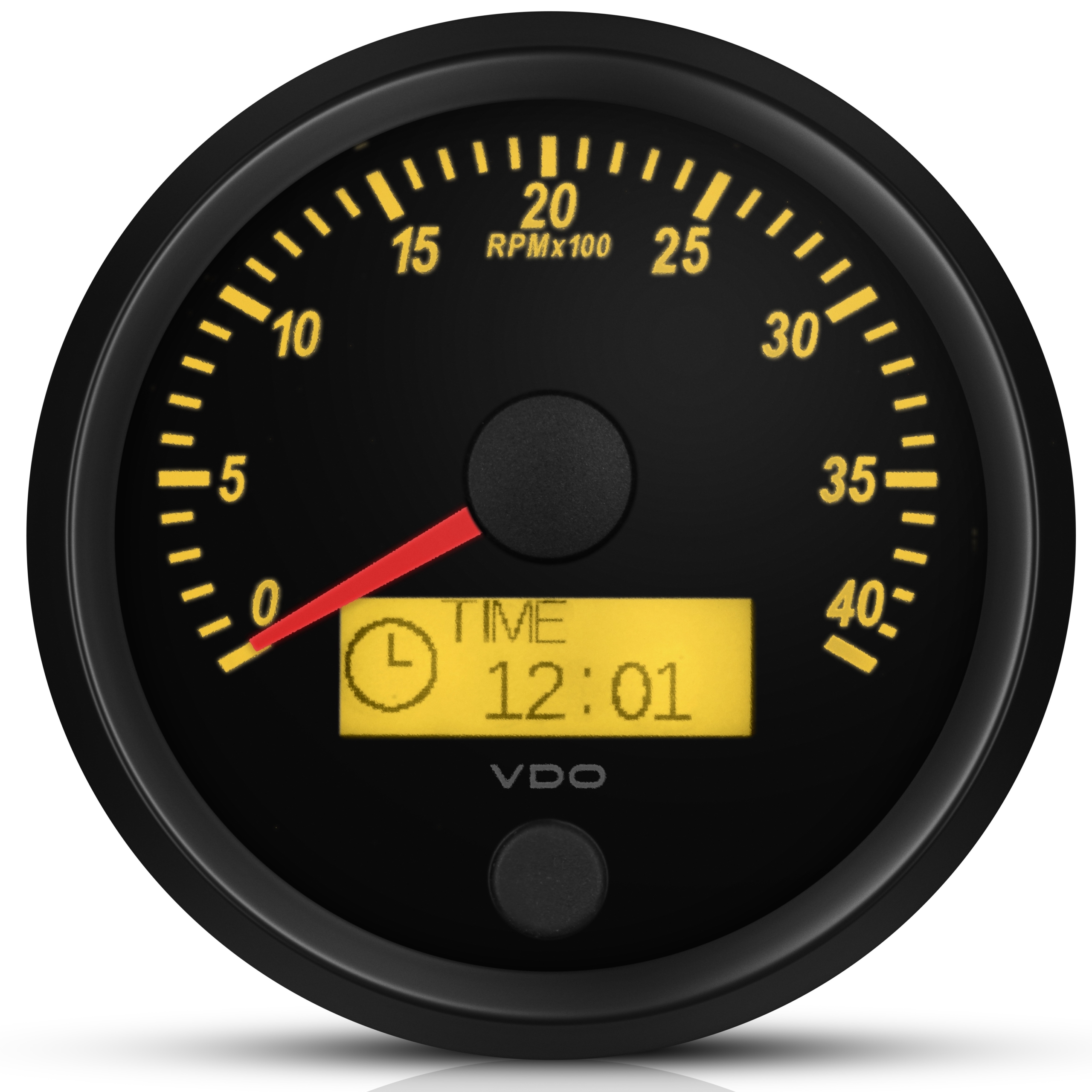Tachometer Fundamentals: Whatever You Need to Know for Accurate Readings
Tachometer Fundamentals: Whatever You Need to Know for Accurate Readings
Blog Article
The Importance of a Tachometer in Checking Engine Speed and Performance in Automotive Applications
In the world of automotive design, the tachometer stands as a pivotal tool in the driver's toolbox, giving a straight home window into the internal workings of a car's engine. Past its function as a simple scale of revolutions per min (RPM), the tachometer acts as an important device for enthusiasts and experts alike, supplying real-time insights right into engine efficiency and health. Comprehending the value of this device goes beyond surface-level observations, diving right into the elaborate connection in between engine rate, power output, and overall driving experience. As we discover the multifaceted function of the tachometer in automotive applications, a deeper admiration for its influence on car dynamics and effectiveness starts to arise.
Relevance of Monitoring Engine RPM
Keeping track of engine RPM, or revolutions per minute, is a crucial aspect of automotive maintenance and performance evaluation. Engine RPM straight associates with the rate at which the engine's crankshaft turns, indicating how quickly the engine is running - tachometer. By keeping an eye on RPM, auto mechanics can evaluate the health of the engine, spot potential concerns, and fine-tune efficiency. An irregular RPM analysis may indicate problems such as engine misfires, defective ignition system, or issues with the gas distribution system. Constantly high RPM readings could show hostile driving routines or the need for a greater equipment shift to boost gas efficiency.
Furthermore, monitoring engine RPM is necessary for performance analysis in racing and high-performance lorries. Preserving optimum RPM degrees is critical for achieving peak power result and acceleration. Racers commonly use tachometers to guarantee they are running within the perfect RPM array for maximum efficiency. In recap, keeping track of engine RPM is not just vital for detecting problems but likewise for maximizing engine performance in different auto applications.

Benefits of Real-Time Data
In vehicle applications, real-time information plays a critical function in giving instant insights into the performance and problem of the vehicle. By continuously keeping an eye on various parameters such as engine speed, temperature, fuel usage, and much more, real-time data provides various benefits that add to enhanced efficiency and safety on the road.
In addition, real-time data helps with performance optimization by supplying immediate responses on driving practices and engine performance. Motorists can adjust their habits in real-time based on this info to attain much better gas economic climate and lengthen the life expectancy of their lorry.

Additionally, real-time data plays a crucial role in contemporary auto diagnostics, allowing professionals to rapidly detect and address breakdowns. This leads to decreased downtime, reduced upkeep prices, and ultimately, enhanced overall automobile integrity and longevity (tachometer). By taking advantage of the power of real-time information, automobile stakeholders can make educated choices that favorably affect both the efficiency and longevity of the car
Influence on Equipment Shifts
Efficient gear shifts in vehicle applications considerably affect general performance and driving experience. The tachometer plays an essential role in enhancing check my blog equipment changes by providing real-time engine speed data to the chauffeur. When coming close to the redline on the tachometer, it indicates the vehicle driver to upshift to stop over-revving the additional reading engine and triggering prospective damage. On the other hand, downshifting at the ideal minute can assist preserve the engine in its power band, guaranteeing responsive acceleration when required.
In addition, the tachometer help in attaining smoother equipment shifts, particularly in manual transmissions. By monitoring engine rate, chauffeurs can implement equipment shifts at the optimal RPM array, lowering snagging motions and minimizing endure the transmission elements. This accuracy in gear changes not just improves driving comfort yet additionally adds to sustain efficiency.
Enhancing Gas Effectiveness
Given the critical duty the tachometer plays in enhancing gear changes for efficiency and engine health, it straight contributes to taking full advantage of fuel performance in automobile applications. By offering real-time responses on engine speed, the tachometer assists vehicle drivers in preserving one of the most effective RPM range for fuel economy. When vehicle drivers regularly monitor the tachometer and change their motoring practices accordingly, they can prevent unneeded fuel intake triggered by over-revving or carrying the engine.
Additionally, the tachometer assists vehicle drivers recognize the most fuel-efficient equipment to be in at any kind of provided minute, avoiding the engine from working more difficult than required. In final thought, the tachometer serves as a useful tool in improving fuel effectiveness by promoting optimum driving routines and identifying areas for improvement in the vehicle's efficiency.

Optimizing Engine Durability
The tachometer's function in checking engine speed and performance contributes in guaranteeing the durability of automobile engines. By utilizing the tachometer properly, motorists can enhance engine longevity via conscious RPM monitoring. Continually revving an engine too expensive can cause extreme wear and tear on crucial parts, learn the facts here now such as the pistons, shutoffs, and bearings. In time, this can cause reduced engine performance and possible malfunctions. Keeping track of the tachometer permits motorists to stay within the advised RPM array for their automobile, avoiding unneeded stress on the engine and expanding its life expectancy.

Conclusion
To conclude, the tachometer plays a critical function in keeping an eye on engine speed and efficiency in auto applications. By supplying real-time information on RPM, it permits for reliable equipment shifts, improved gas effectiveness, and taken full advantage of engine longevity. This device is important for keeping ideal engine efficiency and guaranteeing the total functionality of an automobile.
Report this page